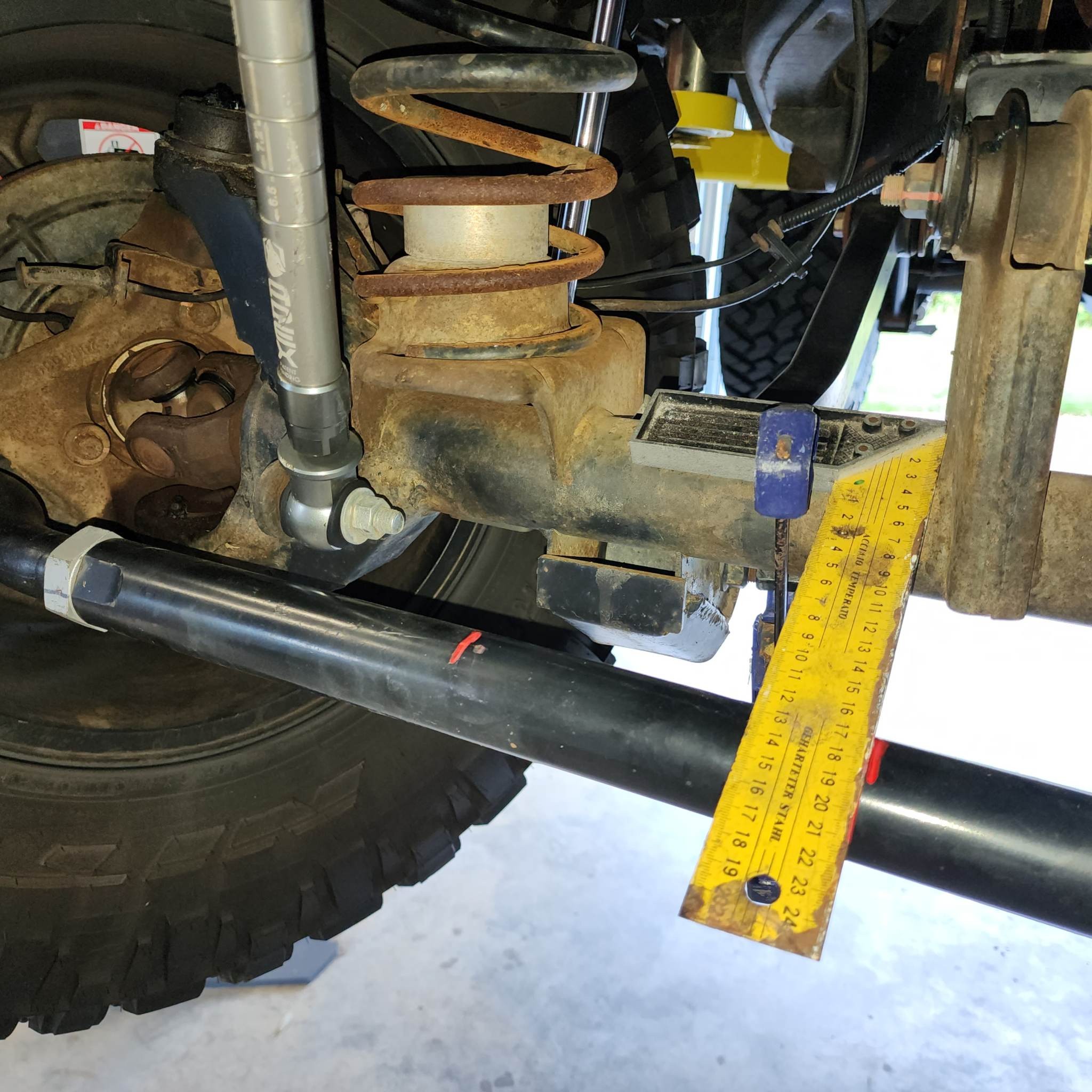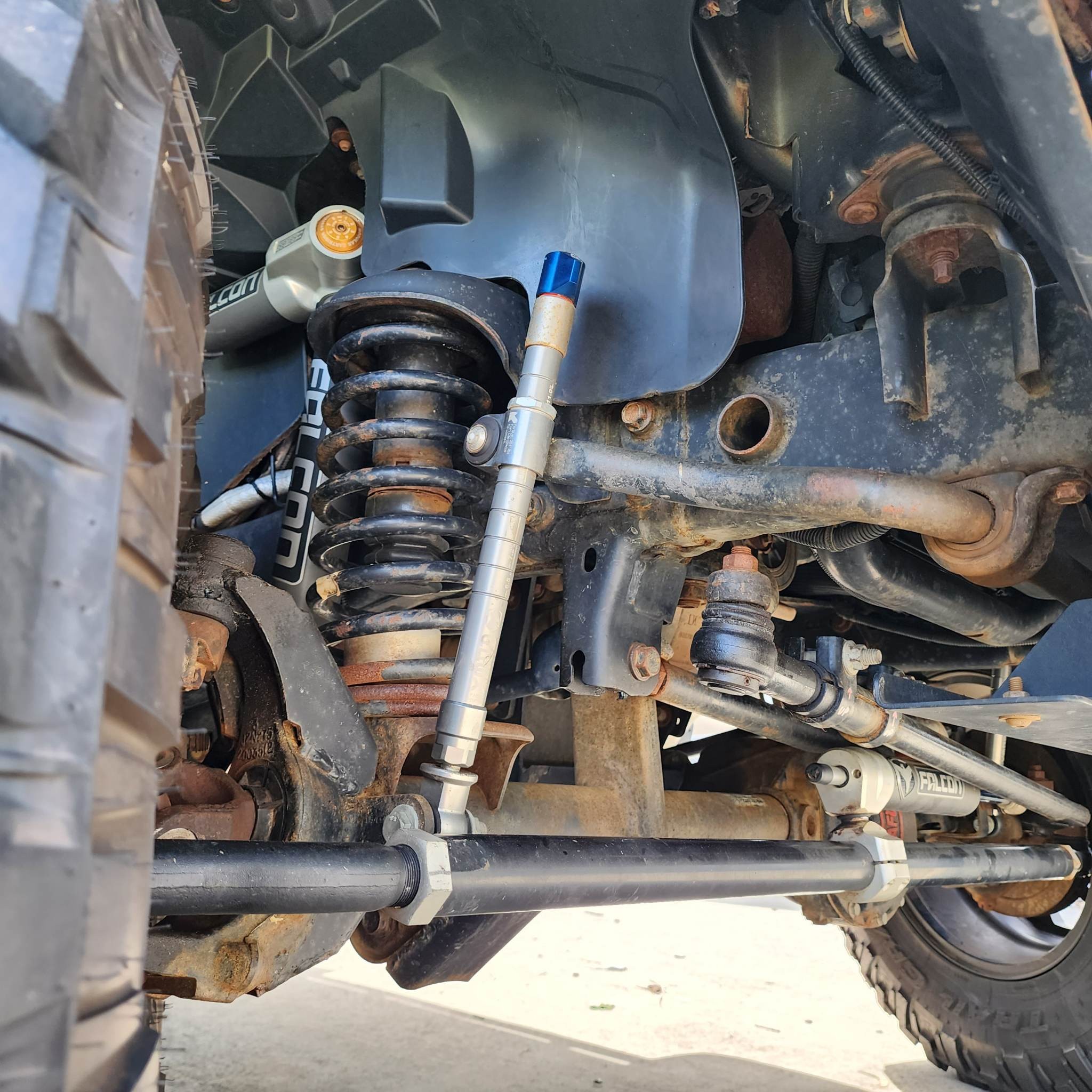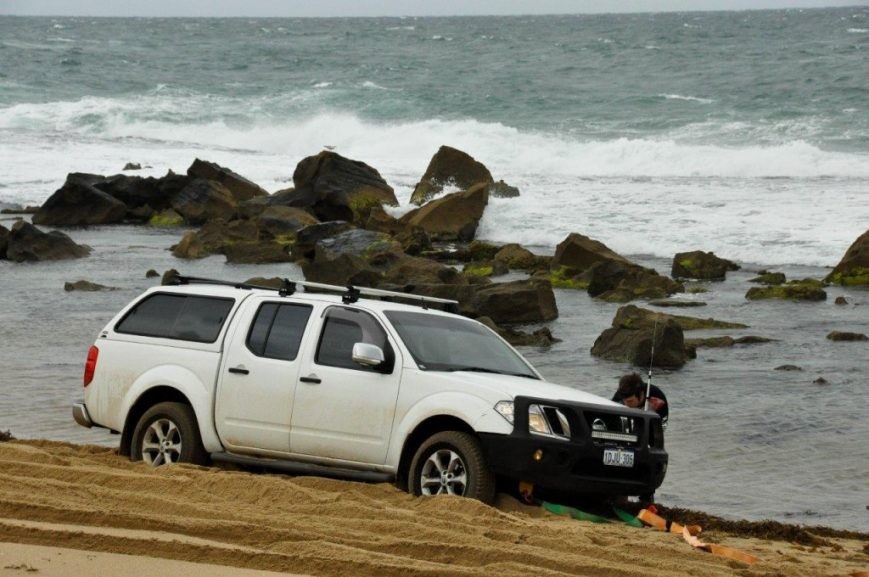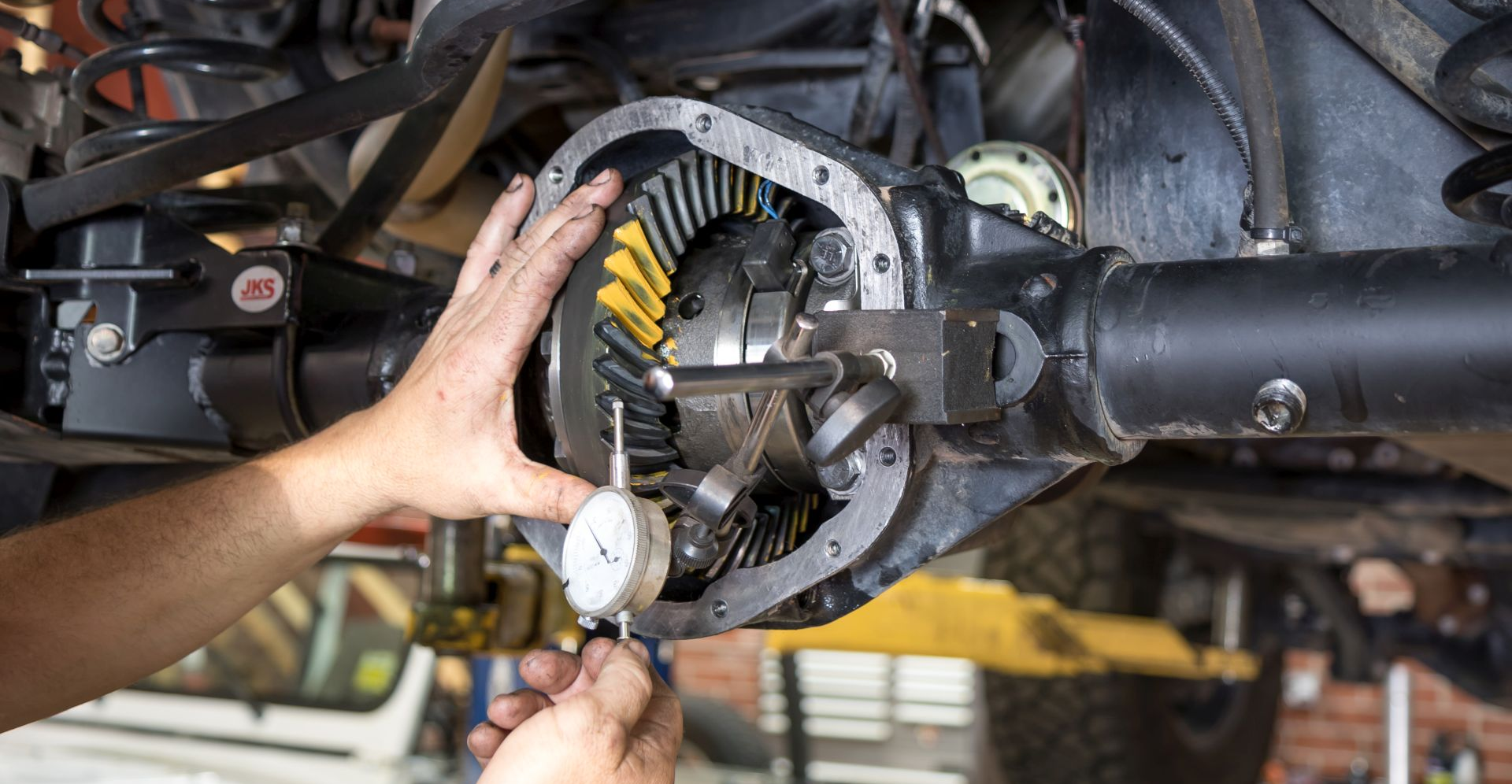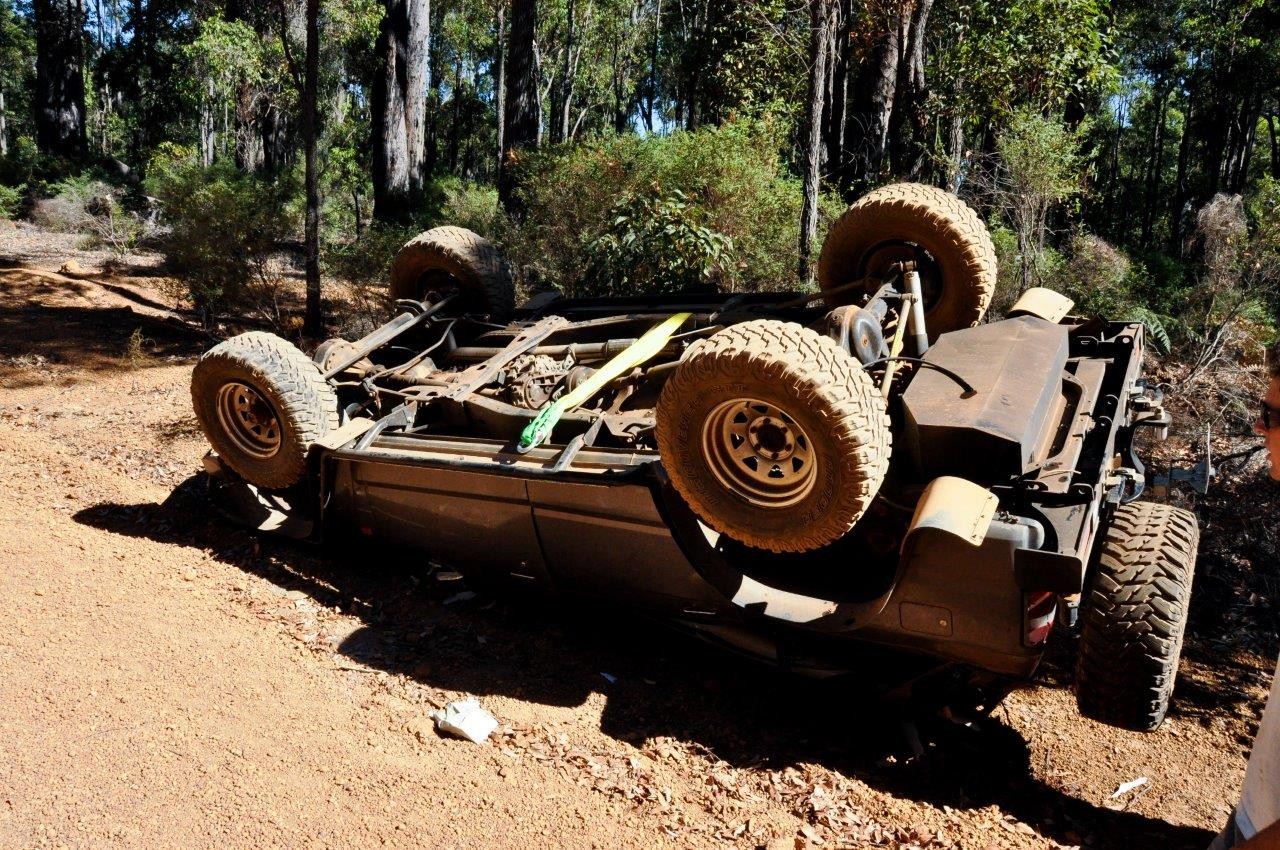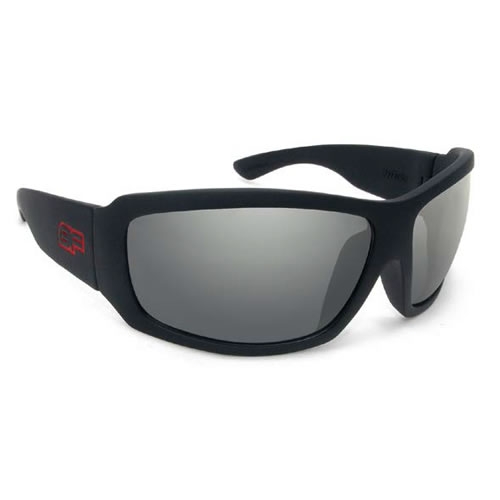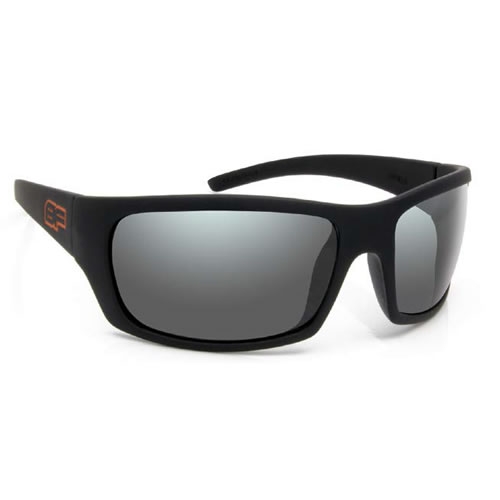Driving In Sand
Conserving momentum is the fundamental principal of sand driving. Traction is very difficult in sand and any increase in speed may cause you to become stuck. You do not want to lose any momentum, as you may not be able to regain it.
Tyre Pressure
Whenever 4wd techniques are discussed, the topic of tyre pressure is brought up. It is a much debated topic and everyone will tell you what they think the pressure you should run in your tyres. Regardless of what you hear, it is undeniably better to reduce your tyre pressures before you start driving on sand.
Lowering your tyre pressures causes the tyre to “bulge”. This is required to provide better flotation by increasing the size of your "footprint" and thus dramatically improving your traction. It also reduces the amount of strain on your vehicle and minimises wear and tear on the tracks.
The optimum tyre pressure depends on your vehicle, the type of tyres fitted and the terrain. The following technique provides a nice beginning point to find the optimum pressure and is best performed before leaving the bitumen.
In case you haven't performed the above technique before you reach the sand, don't fret. A nice rule of thumb is to make use of a pressure of 100 kpa (15psi).
Park your loaded vehicle on a level surface and place a brick one cm away from the sidewall of your rear tyre. Deflate that tyre until the sidewall touches the brick and then measure the tyre pressure. Use this pressure as your beginning point when initially lowering your tyre pressure for sand driving. As you become more familiar with sand driving, you con fine-tune this pressure as the terrain dictates.
As you lower tyre pressure, the tyre becomes more vulnerable to destroy by stoking the sidewall or rolling the tyre off the rim. The lower the pressure, the higher the risk. However the gain in traction can be exceptional and may make the difference between becoming hopelessly bogged or basically driving away. The "correct" tyre pressure becomes a call between better traction versus increased risk of tyre destruction.
Keep in mind though, in case you are going to lower your tyre pressures, make sure you have a pressure gauge and some means of pumping your tyres back up.
In extreme cases of bogging, tyre pressure can be lowered to a minimum of 40 kPa (6psi), as most tyres need at least 6psi to stay seated on the rim while stationary. In all situations 10psi ought to be used as the minimum pressure as 6psi is likely to lead to tyre damage ie. tyres rolled off rims or punctured sidewalls. Speeds ought to be severely restricted at these low pressures. To minimise tyre damage, it is important that these low pressures are only used on sand and tyre pressures ought to be increased if limestone or rocky outcrops are encountered, or when the terrain becomes more firm. Failure to do so will definitely lead to tyre or rim destruction.
Sand Driving Techniques
When travelling on sand, you ought to endeavour to follow in the tyre tracks of the vehicle in front as they have already compressed the sand to form a firmer surface than un-traversed ground. Never drive on vegetation as this will damage it and lead to erosion and environmental damage.
You ought to keep away from rapid changes in speed when accelerating or braking. Braking on sand will cause a mound to build up in front of all wheels and possibly prevent your vehicle from taking off. Rapid acceleration basically digs the wheels in and can actually lead to slower take-off speeds.
Take-off ought to be performed as smoothly as feasible with gear changes completed at high revs. Sand driving requires plenty of engine power to get your vehicle "planing" on the sand. It is advisable to make use of low range as this multiplies the amount of engine torque available and will provide that additional gear in the event you encounter a soft patch of sand. Check that your tyres are pointing straight ahead when taking off to reduce the takeoff hard work necessary.
When stopping on sand, depress the clutch and permit the vehicle to coast to a cease. This will minimise any sand build-up in front of the wheels. If the terrain permits, coast to a cease, than braking, with the vehicle pointing downhill as this will aid take-off. Avoid the soft sand at the base of most dunes and gullies when stopping.
When turning, make the turn as wide as feasible to reduce the chance of bogging. Your front wheels act more like a rudder in sand and turning sharp has a similar effect to applying the brakes.
Steep sand dunes can be traversed only straight up or down. In the event you drive even on a slight angle, the weight transfer is to the downhill side wheels. If the vehicle starts to slip, the downhill wheels tend to dig in and make the angle of the dune even worse, leading to a feasible rollover.
If travelling up a dune and you do not get to the top, reverse down the dune in gear, NEVER coast down the dune and NEVER attempt a U turn.
In the event you are travelling straight down a steep dune and the back finish starts to slip sideways, it is best to speed up slightly to try and straighten the vehicle. Never use the brake, as this will cause weight transfer to the front wheels and can increase the back finish movement.
When you return home after a beach trip, it is important to dampen your vehicle to remove all traces of sand and salt. Pay special attention to areas like the mudguards where sand is sprayed around and tends to get trapped. Thoroughly hose underneath your vehicle as well, as there's plenty of nooks and crannies where sand con also get trapped.
Sand Recovery
As soon as you become bogged, avoid the temptation to basically floor the accelerator as this will make vehicle recovery more difficult. Put the vehicle in reverse & gently try to back along your tracks as they provide a compacted path. When you have reversed a sufficient distance, try going forward again while being cautious not dig yourself in. Hopefully you will travel further each time you repeat this process & finally be able to slowly pass through a soft section.
In the event you cannot reverse out of trouble, get out of the vehicle & let your tyres down further. A rule of thumb is to drop them by an additional 15kPa (2psi). Before trying to reverse out, remove the build-up of sand from behind the tyres. See if any part of the underside is touching. If it is, clear the sand away to permit the vehicle to reverse out. You may require to try this several times.
If necessary, continue to drop the tyre pressures to 7OkPa (10psi). Also, never underestimate the help of your passengers giving a push. As mentioned earlier, tyres can be lowered to 6psi in extreme cases, but this ought to be avoided if other means of vehicle recovery are available.
In the event you are still stuck & your tyres ore down to the maximum pressure, you will must resort to a snatch strap, winching or jacking to extricate yourself. The simplest process is usually by snatch strap, but this relies on another vehicle being present. In the event you are by yourself you will must resort to winching (in the event you have!) or jacking.
Sand Driving Tips
- Reduce your tyre pressures to reduce track erosion and greatly improve grip
- Drive smoothly with gear changes at momentum
- Ensure wheels are pointing straight ahead when taking off
- Avoid the soft sand at the base of dunes and gullies
- Make turns as wide as possible
- ONLY travel straight up or down dunes
- Follow in others tyre tracks to drive on compressed ground
- Avoid braking by coasting to a stop
- Do not floor the accelerator if you are bogging down
- When bogged, try to reverse on your own tracks
- Thoroughly hose down your vehicle after a beach trip

